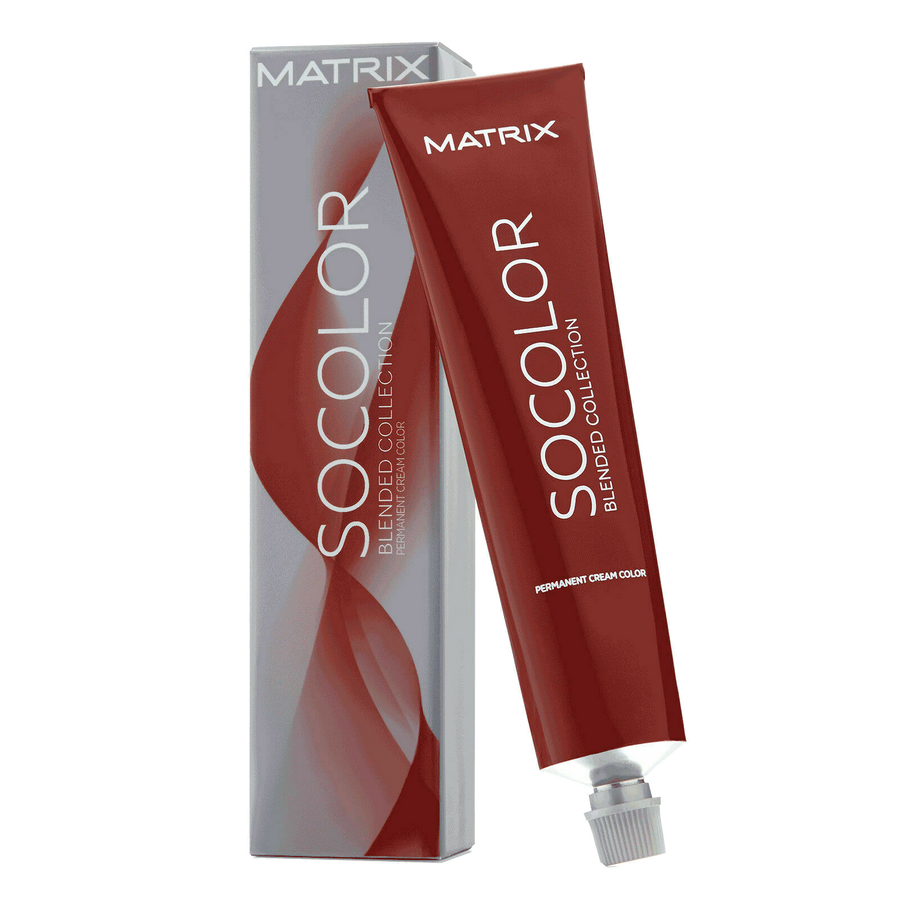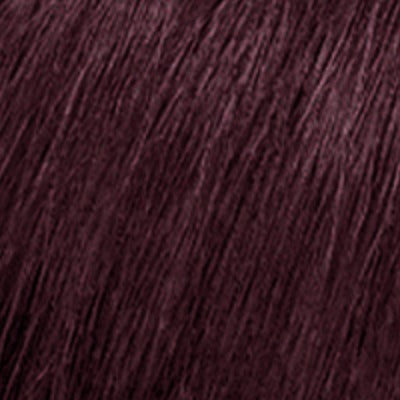Preventing Scalp Sensitivity from Hair Dye Products
It’s frustrating when a fresh new hair colour leaves behind an itchy or burning scalp. While hair dye can give you a confidence boost, the wrong products or prep can trigger irritation that lingers longer than the colour. For many people, scalp sensitivity isn’t about doing something wrong. It’s about not knowing what to look out for. Things like strong chemicals or skipping a simple patch test can easily turn a quick dye job into an uncomfortable experience.
Taking small steps early on can help you avoid discomfort and keep your scalp feeling normal before, during, and after colouring. Whether you dye your hair at home or go to your stylist, knowing what causes sensitive reactions helps you make better choices. Let’s look at some of the main reasons why your scalp might react to hair dye, and what to do to reduce the chance of that happening again.
Understanding Scalp Sensitivity And What Causes It
Scalp sensitivity can show up in different ways. Some people feel a tight or itchy sensation during or right after applying dye. Others may notice redness, small bumps, or even patches that burn or feel sore to touch. These reactions are often mild but can be uncomfortable enough to make you rethink dyeing your hair at all.
Many of these problems start with harsh ingredients inside hair dye products. Ammonia, PPD (paraphenylenediamine), and resorcinol are common culprits. They help colour stay in your hair longer but can easily irritate the skin, especially if your scalp is dry or already sensitive. Even strong fragrances or preservatives added to keep the dye fresh can trigger a reaction in some people.
Scalp sensitivity can also get worse if:
- You use hair dye frequently without giving your scalp a break
- The dye is left on longer than recommended
- You scratch or wash your scalp right before dyeing it
- Your skin barrier is weakened due to sunburn, dryness, or allergies
Think of your scalp like the skin on your face. You would be careful about using strong skincare on freshly washed or inflamed skin, and the same thinking should apply to your scalp. If it’s already irritated or unprotected, applying strong dye can make things worse.
Choosing Hair Dye Products That Work With Your Scalp
If you’ve had a bad reaction in the past, or you know your skin is on the sensitive side, it helps to be choosy with your products. Not all hair dye formulas are made equal, and many brands now offer mixtures that skip the harsher stuff. Look for terms like ammonia-free, PPD-free, or for sensitive scalps on the packaging. These versions usually include gentler replacements and fewer fragrance ingredients.
Here’s what to check before picking a product:
- Ingredient list: Scan for strong acids, alcohols, and PPD. If it’s loaded with these, it might not be the best choice
- Fragrance: Unscented or lightly scented dyes are better for reducing your chances of a flare-up
- Application method: Cream-based dyes are often more soothing than liquid ones
- Developer strength: Lower-volume developers are not as harsh on your scalp
If you're unsure how your skin will react, it’s a good idea to start with a temporary or semi-permanent dye, especially if it’s your first time trying a new brand. These usually wash out after a few shampoos and don’t sink into the hair shaft as aggressively as permanent ones do.
Keep in mind that newer formulas designed for sensitive users may not always give the exact same colour coverage or long-lasting result as traditional versions, but the tradeoff for your scalp’s health is worth it in the long run.
Pre-Dye Preparation And Patch Testing
Getting your scalp ready before colouring can help prevent a reaction. A few small changes in how you prep your head can go a long way in keeping your skin calm. Even if you’ve never had any reactions before, it’s still smart to be careful.
Start by avoiding any harsh shampoos, scrubs, or treatments for at least 48 hours before dyeing. Washing too close to dye time can remove natural oils that act as a barrier between your scalp and the chemicals. The goal here is to keep your scalp calm and protected without being too dry or too oily.
Here’s a simple way to protect your scalp before adding colour:
1. Don’t scratch your head or brush aggressively before dyeing
2. Skip heavy styling products a day or two before
3. Use a gentle, sulphate-free cleanser earlier in the week instead of right before dyeing
4. If your scalp feels dry, consider applying a light oil the night before and rinse it out gently the next day
The patch test is probably the most overlooked step. But it makes a big difference. Even if you’ve used the same brand before, manufacturers occasionally update formulas or packaging, and your body can react differently depending on your current health. Test a small portion of the dye mix behind your ear or in the inner elbow and leave it for 24 to 48 hours. If there’s any tingling, redness, or swelling, you’ll know ahead of time instead of after it’s too late.
And remember, always follow the time instructions on the box. Leaving dye on longer doesn’t improve the result and can just increase your chances of scalp irritation.
Post-Dye Care For Sensitive Scalps
If your scalp feels a bit off after dyeing, there are ways to ease the discomfort and help it settle faster. Even when the process goes smoothly, your skin might still need a little support while it recovers. Treat your scalp with as much care as you would your skin after a wax or peel. It's just gone through a chemical process.
Start by rinsing thoroughly after you finish dyeing. Any leftover product resting on the skin can cause issues even if everything looked fine during the application. Use lukewarm water, not hot, to help avoid triggering inflammation. Once you’ve rinsed, avoid shampooing for at least 24 hours if possible. Your scalp needs time to re-balance itself.
Next steps for soothing and caring for your scalp:
- Apply lightweight, alcohol-free scalp serums to calm any tightness or dryness
- Use fragrance-free conditioners and shampoos for about a week post-dye
- Stay away from high heat styling tools while your scalp adjusts
- If your skin feels tight or hot, use a cool compress or gel-based calming cream
- Avoid tight ponytails or anything that pulls at the roots for a few days
Some people use natural oils like argan or grapeseed to condition their hair and coat the scalp after the process. Just make sure these are safe to use on recently dyed hair, especially if your colour is light or porous. Always test new products first on a small part of your scalp.
Keeping Your Scalp Healthy Year-Round
Your scalp goes through a lot from seasonal weather to weekly styling routines. Keeping it strong and balanced all year helps reduce the chances of having a reactive flare-up the next time you dye your hair. Make scalp care part of your routine, even if you aren’t planning to colour your hair anytime soon.
Hydration matters. Make sure you’re drinking enough water and eating foods that support healthy skin, like those rich in fatty acids and vitamins. If the air in your home is dry, especially during colder months, using a humidifier can help keep your scalp from drying out overnight.
When it comes to hair products, avoid anything with a long list of drying alcohols or unnecessary fragrances. These can strip your scalp over time and make sensitivity worse. Stick to gentle cleansers and lightweight conditioners that hydrate without leaving buildup.
Other habits that help keep your scalp happy:
- Choose a shampoo with soothing ingredients like aloe or oat extracts
- Gently massage your scalp once a week to stimulate blood flow
- Give your scalp breaks between styles that tug at the roots
- Don’t skip conditioner on the roots, just use a small amount and rinse well
- Always dry your scalp fully before heading out. Dampness can lead to irritation in the colder seasons
Paying attention to these small signs early can help you avoid bigger problems later. A scalp that tingles, flakes, or feels raw is trying to tell you something. Take that time to adjust your products or simplify your routine.
Healthy Colour Starts With a Happy Scalp
Hair dye doesn’t have to come at the cost of a healthy scalp. Taking a bit of time to prep properly, choose safer products, and follow up with thoughtful care can make all the difference. Whether you dye your hair regularly or just a few times a year, being aware of how your scalp reacts allows you to make better choices moving forward.
Everyone’s skin is different. That’s why it’s worth figuring out what works for you through simple tests and a consistent routine. By listening to those early signs of irritation and dealing with them upfront, it becomes much easier to colour your hair without the discomfort that used to follow.
For more even results next time, focus on proper prep and application techniques, especially when working with pre-coloured hair. If you're looking to refresh your look without compromising comfort, explore our range of gentle hair dye products designed for better coverage and less stress on your strands. Let Smooth & Charming support your colour journey—smooth, simple, and irritation-free.




